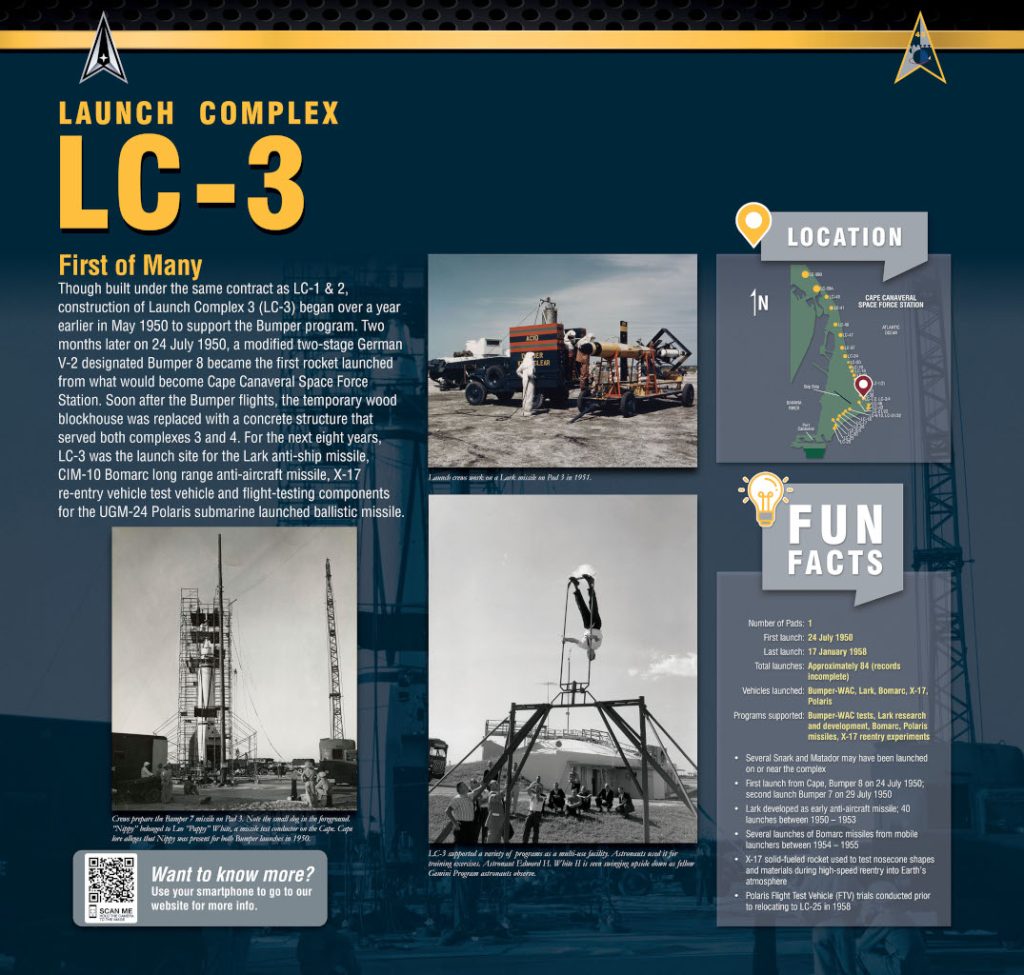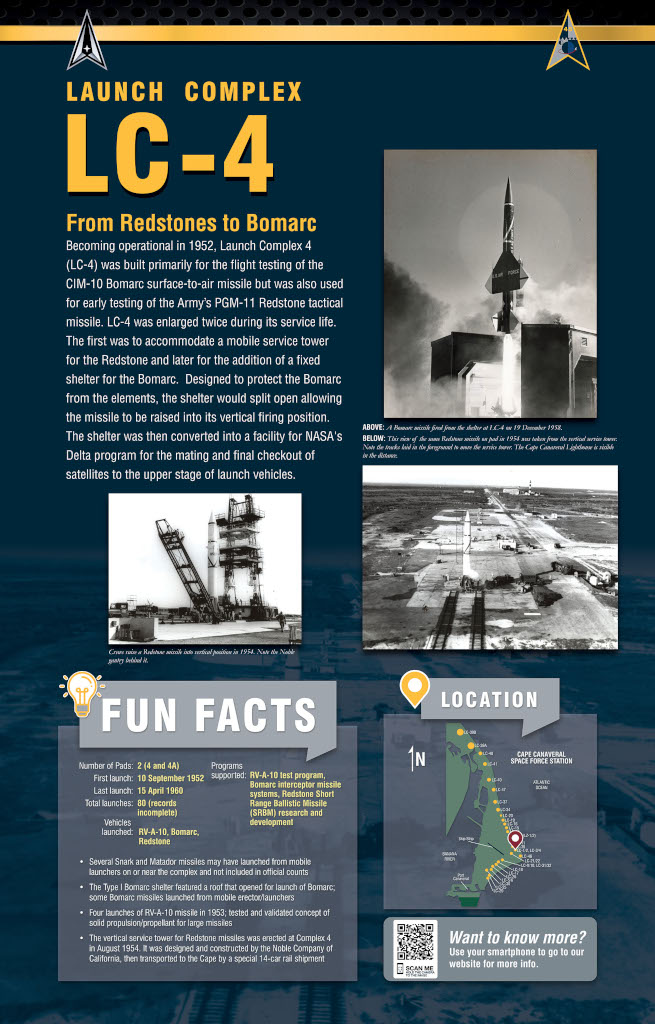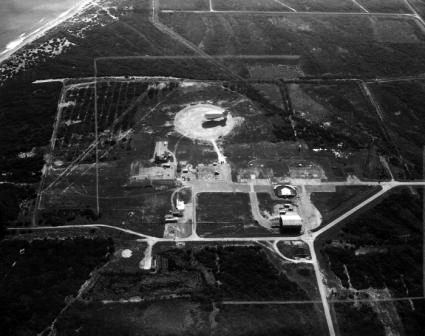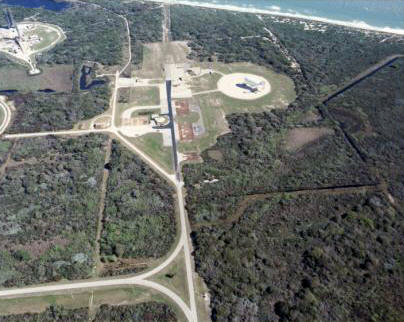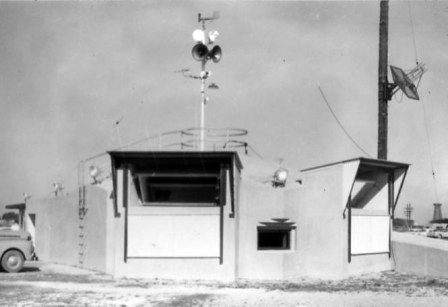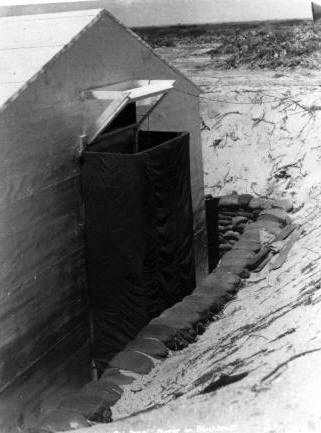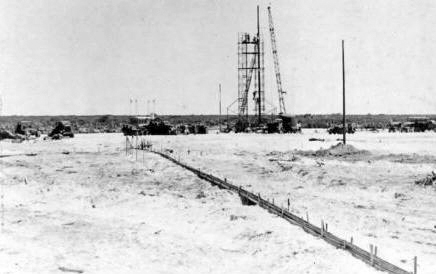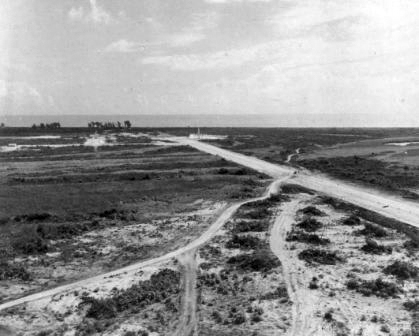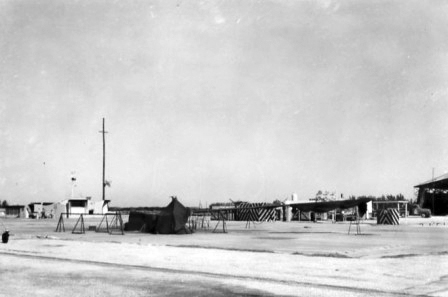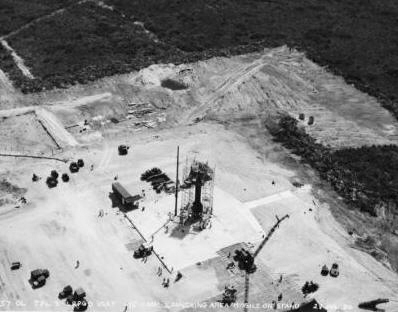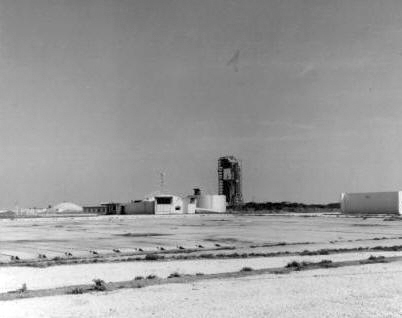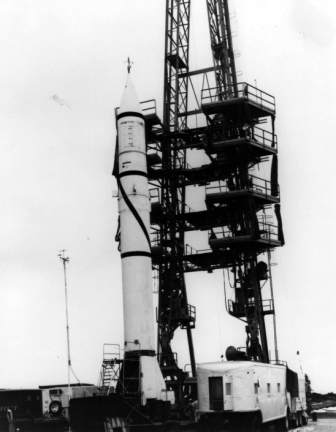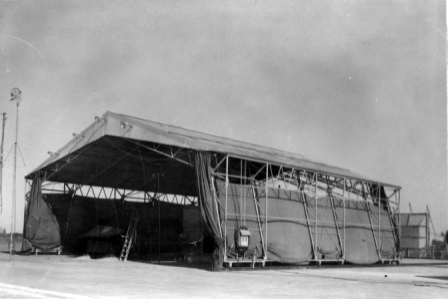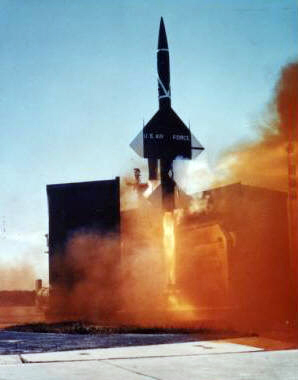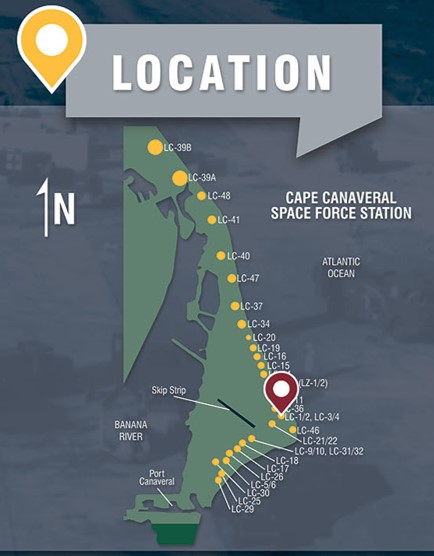
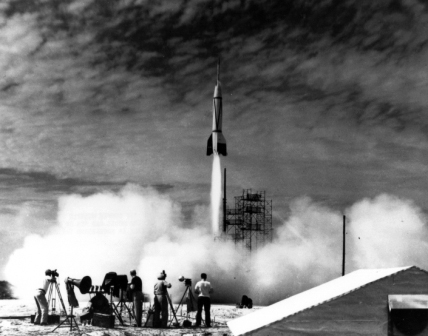
Photo Gallery
Overview
Systems
Other Programs
- Tethered Aerostat Radar System (TARS)
- Medical support area for Mercury and Gemini Programs
Cost:
- $683,167 for the launch complex
- Pad 3 – $29,051
- Pad 4 – $29,209
- Tunnel system to pads $97,257
- Blockhouse $115,204
- Bomarc Launch Building, Pad 4A $226,196
Launch 3-4 Complex Highlights
- 31 August 1949 – Preliminary surveys for the launching area at Cape were completed. The blockhouse, launching pad, and 3,500-foot launch track areas had been staked and the area partially cleared.
- February 1950 – Extensive clearing operations in the launching area began
- 9 May 1950 – Work started on Launch Complex 3 under a contract to Duval Engineering Company. ($258,000 for the concrete pad and a paved road (4.7 miles) from then highway A1A. Another $80,000 contract to Ingram Plumbing for a fire fighting water system
- May 1950 to 15 June 1950 – The original wood frame firing room (20′ x 20′) was constructed about 400′ from pad 3 for the Bumper launches. It was below ground level and had a window with reflective mirrors to view the pad
- 20 June 1950 – Pad 3 was reinforced concrete slab 100 x 100′ and 8″ thick and completed
- 5 September 1950 – The U.S. Army Corps of Engineers selected the contractors and construction started on Pad 4
- 30 November 1951 – The blockhouse, located about 200′ from the pads and similar to that for Pads 1 and 2, was completed. Two mirrored vision ports, one direct vision port, and a ladder to the top of the roof provided a view of the pads.
- Two concrete tunnels connect the blockhouse to the pads. They were 4′ by 6’8″ and 5’8″ by 5’8″ by 6’8″.
- March 1953 – The Air Force accepted the launch complex
- 1955 – High Pressure Air Building was constructed
- August 1961 – Blockhouse was converted to serve as a dispensary for the manned spaceflight program and was vacated in 1967.
- 30 June 1950 – Initial erection and test of the Bumper gantry, a missile-working stand, was completed
- 24 July 1950 – Cape’s first major launch was Bumper 8 from Launch Complex 3
- 29 July 1950 – Second and last Bumper-WAC launched from the Cape
- 25 October 1950 to 8 July 1953 – Total of 40 Lark missiles launched
- 5 September 1951 – Construction on Launch Complex 4 started. The pad is reinforced concrete 100′ x 200′ and 8″ thick. Another area measuring 182′ x 300′ surrounding Pad 4 was paved
- 1952 – Air Force accepted Launch Complex 4
- 23 January 1953 to 30 November 1955 – Total of 16 Bomarc launched
- 11 February 1953 to 25 March 1953 – Four RV-A-10 launched from Pad 4
- August 1953 – The Missile Service Stand (MSS) gantry was erected on Pad 4 for the Redstone missile. The MSS was built by Noble Company in California and erected at Pad 4. It was 135′ high, 26′ wide and 61′ long and weighed 308,000 pounds. Designed to be mobile on railroad tracks, it had a 15 ton crane with 4 movable work platforms, an air conditioned work room, elevators and standby power plant
- February 1955 – Missile Service Stand from Pad 4 was moved to Launch Complex 6
- 23 May 1955 to 11 December 1957 – Total of 51 X-17 launched
- 1955 to 1958 – Bomarc Launching Building (BLB), Launch Complex 4A, was constructed. The building was designed with a roof which would split in the center to allow raising the Bomarc missile for launch
- 2 February 1956 – First Bomarc launch from Launch Complex 4. Pad 4 had a prototype launch building, Launch Complex 4A, for the Bomarc missile that would be used throughout our country as a defense weapon system. Eight were launched from the Bomarc Launching Building.
- 2 February 1956 to 15 April 1960 – Total of 52 Bomarc A and B launched
- Old Bomarc support facilities were converted into medical support area for Project Mercury
- 13 April 1957 to 17 January 1958 – Total 12 other Polaris FTV type missile (using a X-17 booster) were launched from Complex 3 before moving operations to Launch Complex 25 in April 1958
- 14 August 1958 – First Jason missile launched from Pad 3 or Pad 10
- 14 August 1958 to 2 September 1958 – Total of 6 Jason launched from Complexes 3 and 10
- 1959 – The Bomarc Launch Building was converted to the Spin Balance Facility for the NASA Delta program. The building was returned to the Air Force in 1976.
- 1983 to 1989 – The launch complexes supported Tethered Aerostat Radar System (TARS) balloon program
